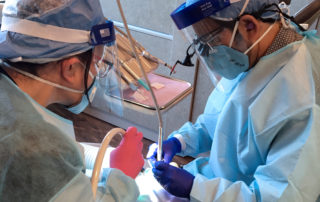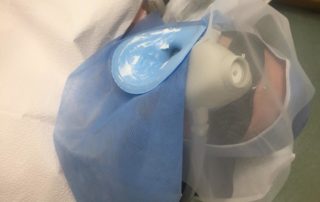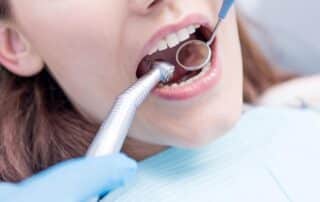Mercury exposure in the work place and human health: dental amalgam use in dentistry
The focus areas of the study were Hg amalgam toxicity, its waste management practices and safety measures practiced among the dental practitioners. In the light of the findings described and discussed in this brief report, to safeguard public health and for the protection of environment, it is strongly recommended that since mercury amalgam use cannot be banned immediately in the country, its use may be regularized and allowed subject to use of “Amalgam Separators,” “Capsulated Mercury” and “Mechanized Mixing,” use of mercury amalgam be banned for children (below 12 years age) and pregnant women. The curriculum currently being taught at medical and dental colleges in the country be reviewed and revised, to ensure adequate training towards minimizing mercury exposure.
Safe removal of amalgam fillings in dental clinic: use of synergic nasal filters (active carbon) and phytonaturals
Thus, dentist and patient should have been encouraged to avoid risk factors associated with unnecessary exposure to mercury during/after removal amalgam fillings. Mercury exposure from amalgam fillings is dramatically increased by chewing, eating, brushing, and drinking hot liquids. To avoid this, the use of safe protocols for dental filling removal together with (the synergic) use of nasal filters (active carbon) and nutritional supplements (i.e.: Curcuma longa, Clorella, Desmodium….) would enhance endogenous detoxification capacities against heavy metals in patients before / during / after removal of dental amalgam.
Longitudinal analysis of the association between removal of dental amalgam, urine mercury and 14 self-reported health symptoms
At baseline, individuals with dental amalgam fillings have double the measured urine mercury compared to a control group of persons who have never had amalgam fillings. Removal of amalgam fillings decreases measured urine mercury to levels in persons without amalgam fillings. Although urine mercury levels in our sample are considered by Health Canada to be too low to pose health risks, removal of amalgam fillings reduced the likelihood of self-reported symptom deterioration and increased the likelihood of symptom improvement in comparison to people who retained their amalgam fillings.
Mercury vapour exposure during dental student training in amalgam removal
To maximize safety, dental schools should train students to remove amalgam only while using water spray and high volume suction. Alternatively, students should use appropriate occupational hygiene personal protective equipment during amalgam removals.
ADA Professional Product Review-Executive Summary: An Evaluation of Amalgam Separators
In 2010, the U.S. Environmental Protection Agency (EPA) announced its intention to propose a rule to reduce mercury waste produced by dental offices. The agency intends to focus its technology assessment on amalgam separators and is preparing a regulatory proposal for review. Amalgam separators are devices designed to capture amalgam particles from dental office wastewater before it is discharged into the public sewer system.
A safe protocol for amalgam removal
Today’s environment has different impacts on our body than previous generations. Heavy metals are a growing concern in medicine. Doctors and individuals request the removal of their amalgam (silver mercury) restorations due to the high mercury content. A safe protocol to replace the silver mercury filling will ensure that there is minimal if any absorption of materials while being removed. Strong alternative white composite and lab-processed materials are available today to create a healthy and functioning mouth. Preparation of the patient prior to the procedure and after treatment is vital to establish the excretion of the mercury from the body.




